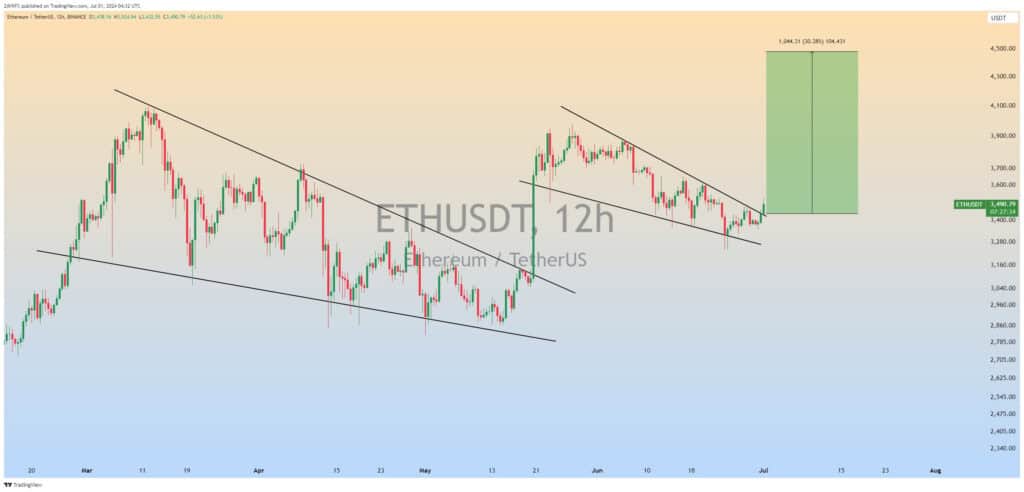In a recent blog post, Ethereum co-founder Vitalik Buterin discussed ways to enhance the blockchain’s user experience by achieving faster transaction confirmation times. Currently, Ethereum transactions on Layer 1 (L1) are confirmed within 5-20 seconds, thanks to improvements like EIP-1559 and steady block times post-merge. While this is comparable to credit card payment times, some applications require much faster latencies. Buterin outlined several practical options to achieve this goal.
Improving Ethereum’s User Experience
The current Ethereum consensus mechanism, Gasper, employs a slot and epoch architecture. Every 12 seconds, a subset of validators votes on the chain’s head, and over 32 slots (6.4 minutes), all validators get a chance to vote, culminating in finality after two epochs (12.8 minutes). However, this process is complicated, and many users’ final time is too long.
To address these issues, Buterin proposed Single Slot Finality (SSF), a mechanism similar to Tendermint consensus, where each block is finalized before the next one is created. This approach would significantly reduce finality time, but it requires validators to publish messages every 12 seconds, posing a load challenge for the chain. Innovative solutions like the Orbit SSF proposal aim to mitigate this issue, though transactions would still take 5-20 seconds to confirm.

Another approach focuses on roll-up preconfirmations. Ethereum’s rollup-centric roadmap enhances the base layer (L1) to support data availability and other functionalities for Layer 2 (L2) protocols like roll-ups, validiums, and plasmas. These L2s can provide faster and scalable user experiences while maintaining Ethereum’s security. However, L2s need decentralized sequencing networks to offer confirmations faster than L1s in 5-20 seconds. While centralized versions exist, decentralized sequencing has been slow to develop.

Justin Drake’s “based preconfirmations” proposal aims to give all L2s and L1 access to a shared preconfirmation mechanism. Sophisticated proposers would offer preconfirmations as a service, guaranteeing transaction inclusion in the next block for an additional fee. If proposers violate their promise, they face slashing penalties. This system can provide immediate transaction guarantees, benefiting both L1 and L2 transactions.

If implemented, these proposals could transform Ethereum’s slot-and-epoch architecture. However, the future of Ethereum’s transaction confirmation times hinges on exploring these innovative designs. The goal is to balance fast user experiences with robust security and decentralization. As Ethereum continues to evolve, these strategies will play a crucial role in shaping its future, benefiting both L1 and L2 developers and users.
Related Reading | Solana (SOL) Faces 16% Value Drop, Yet Bullish Predictions Drive Hope Amidst Decline










